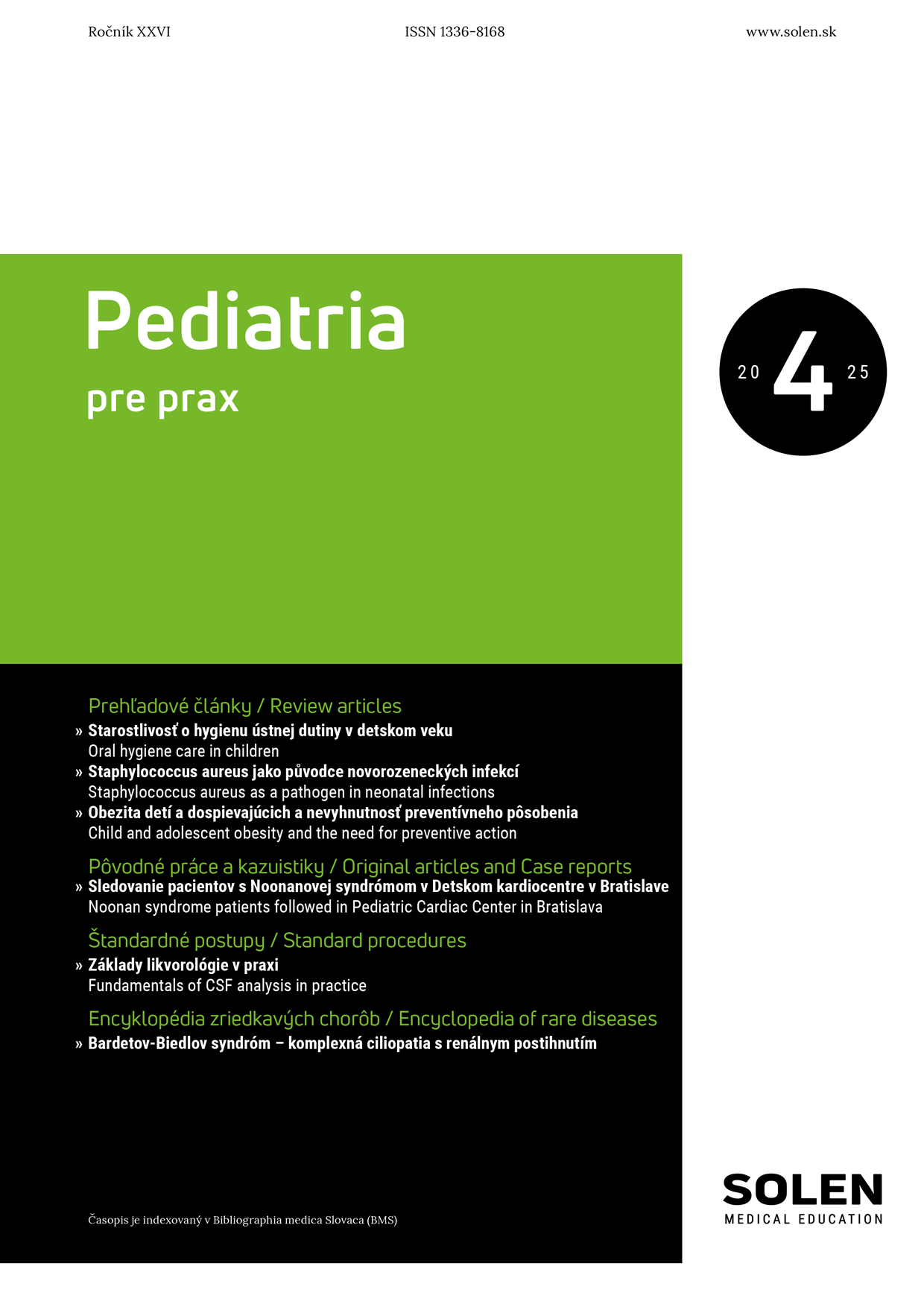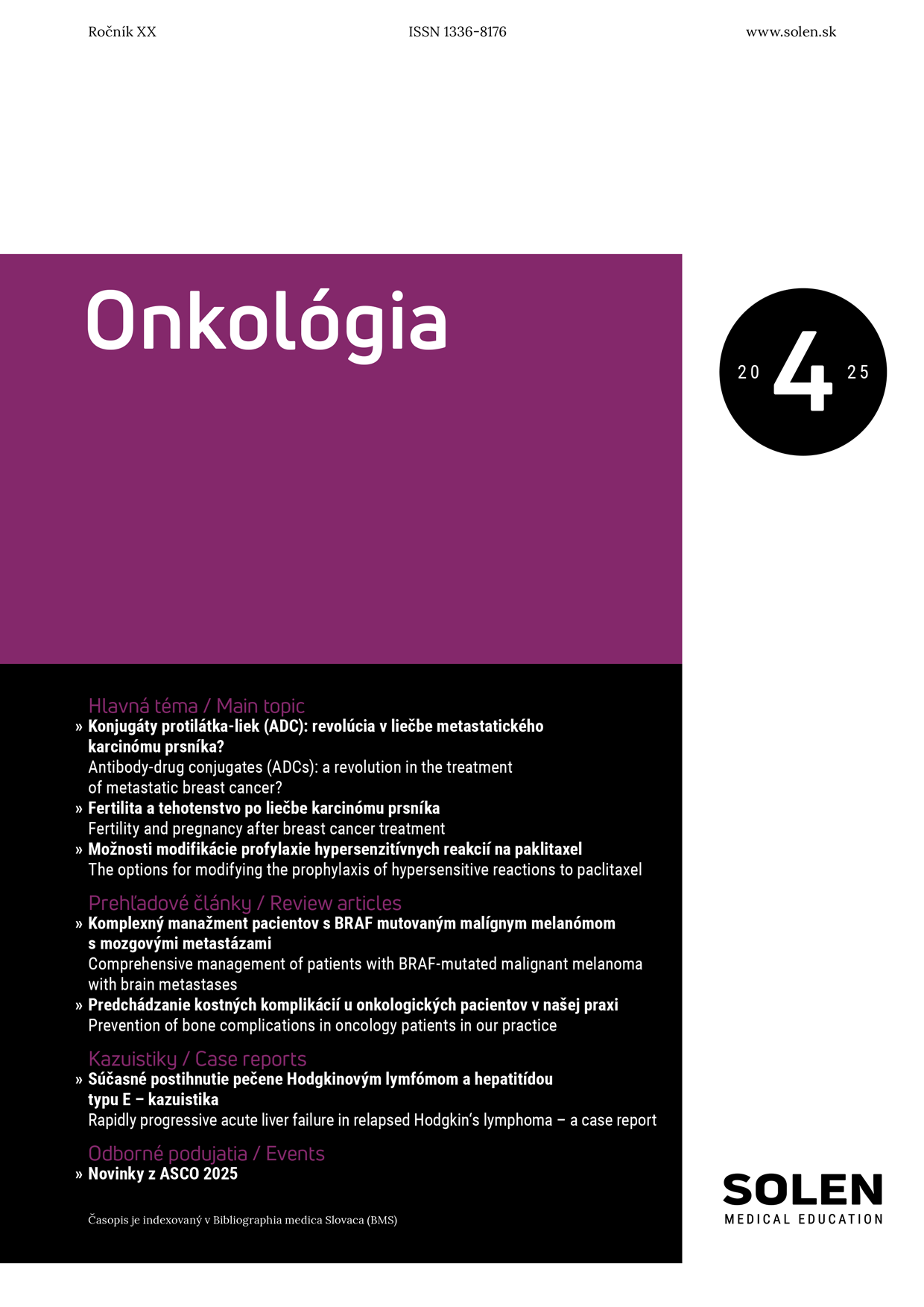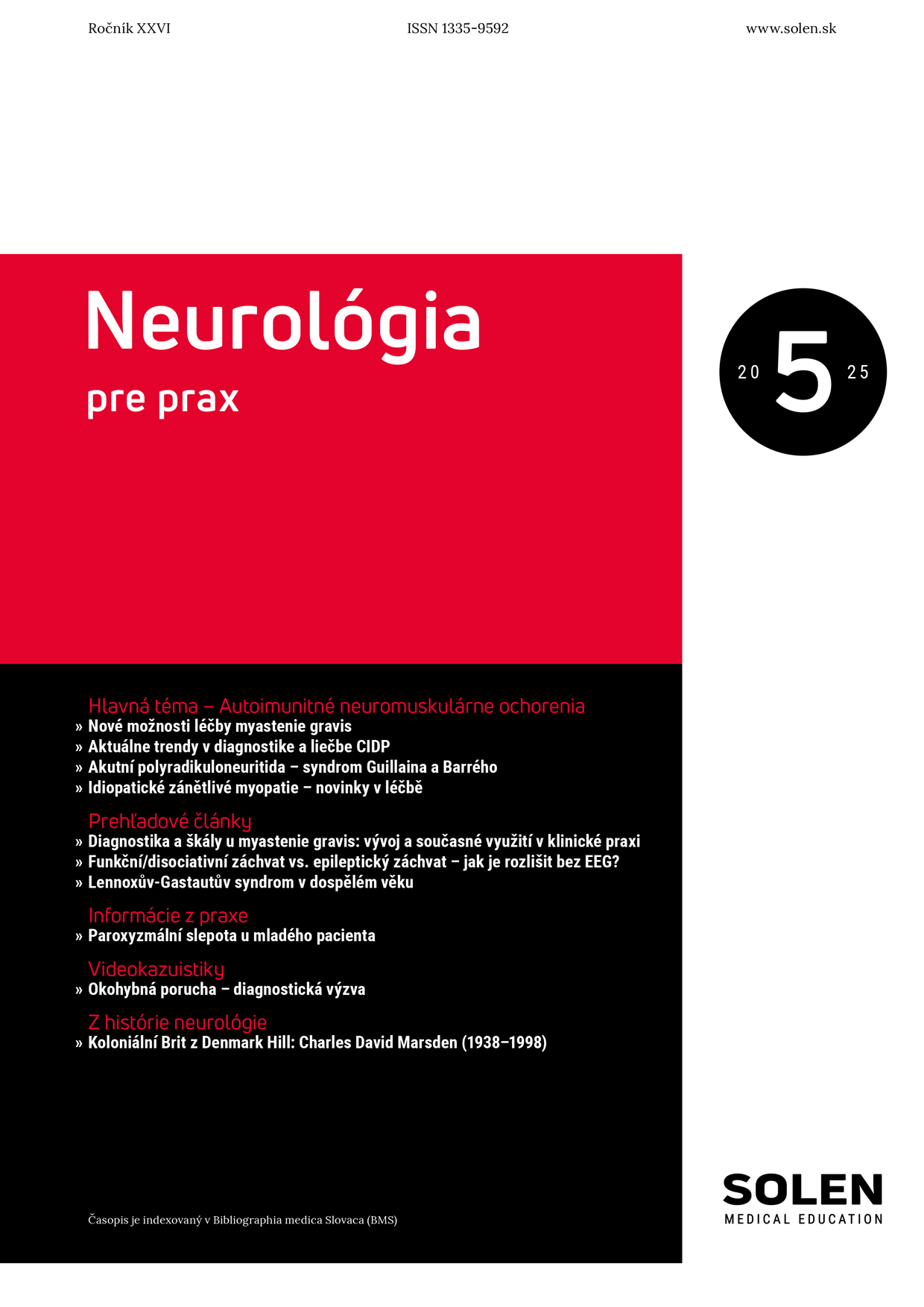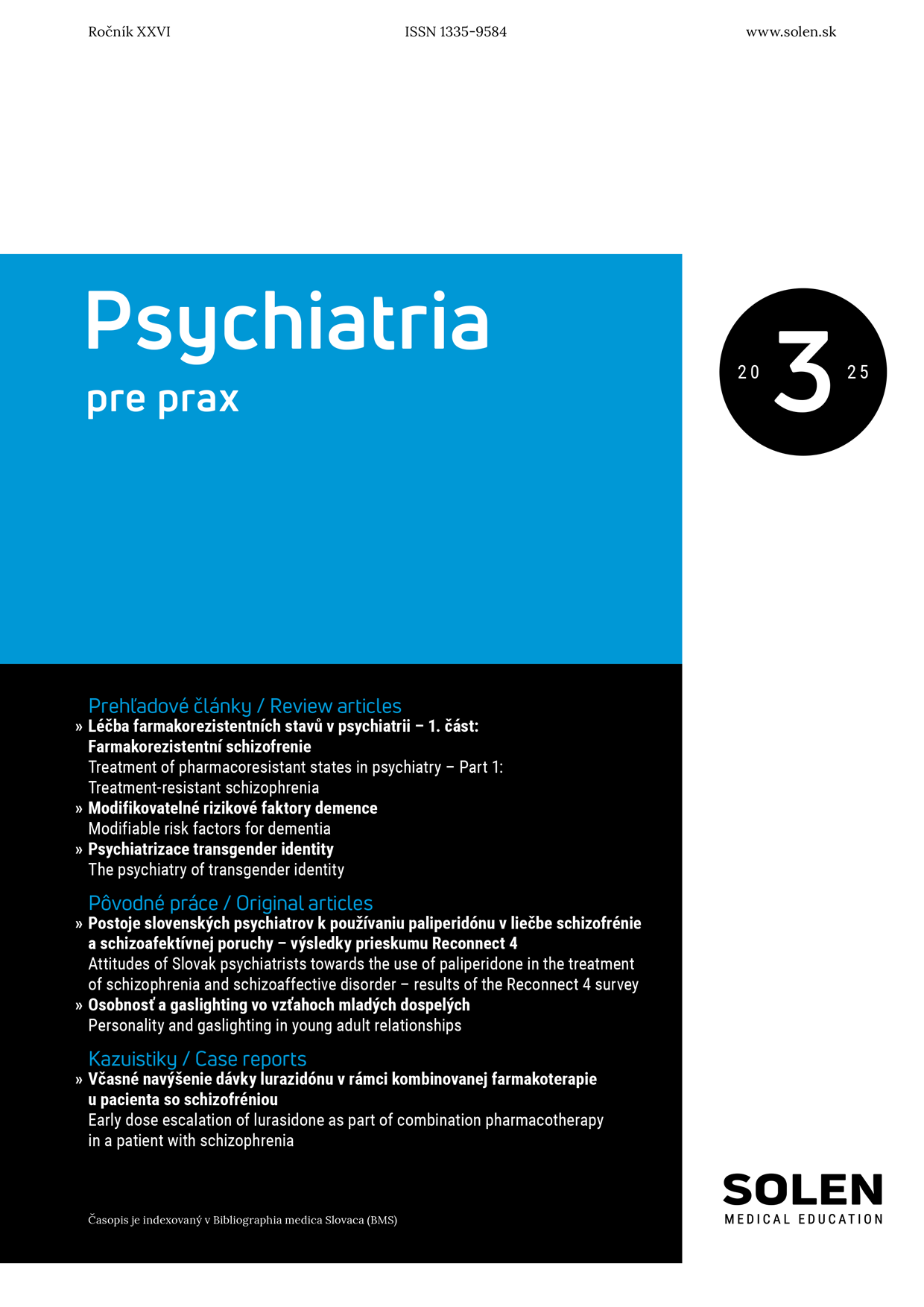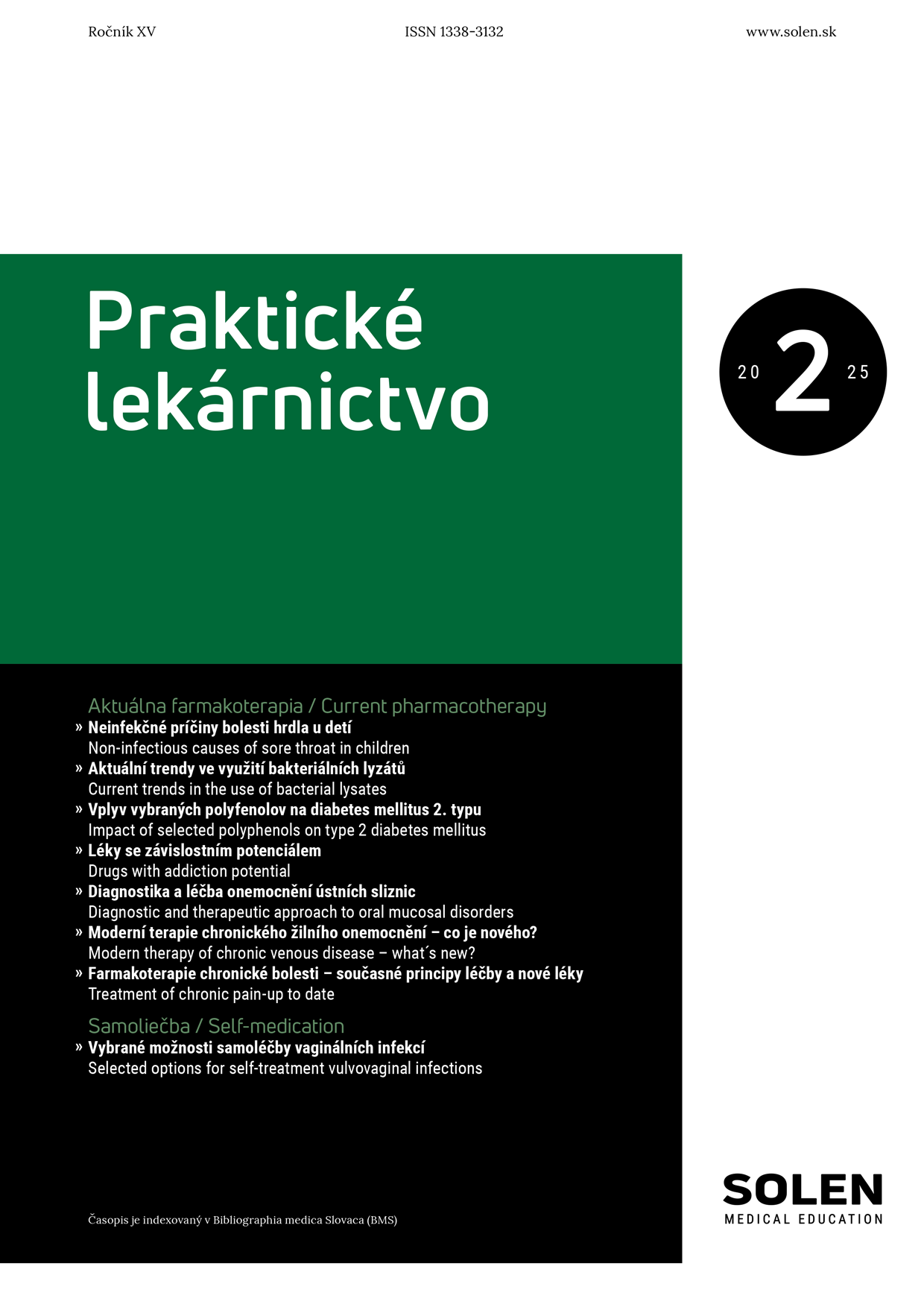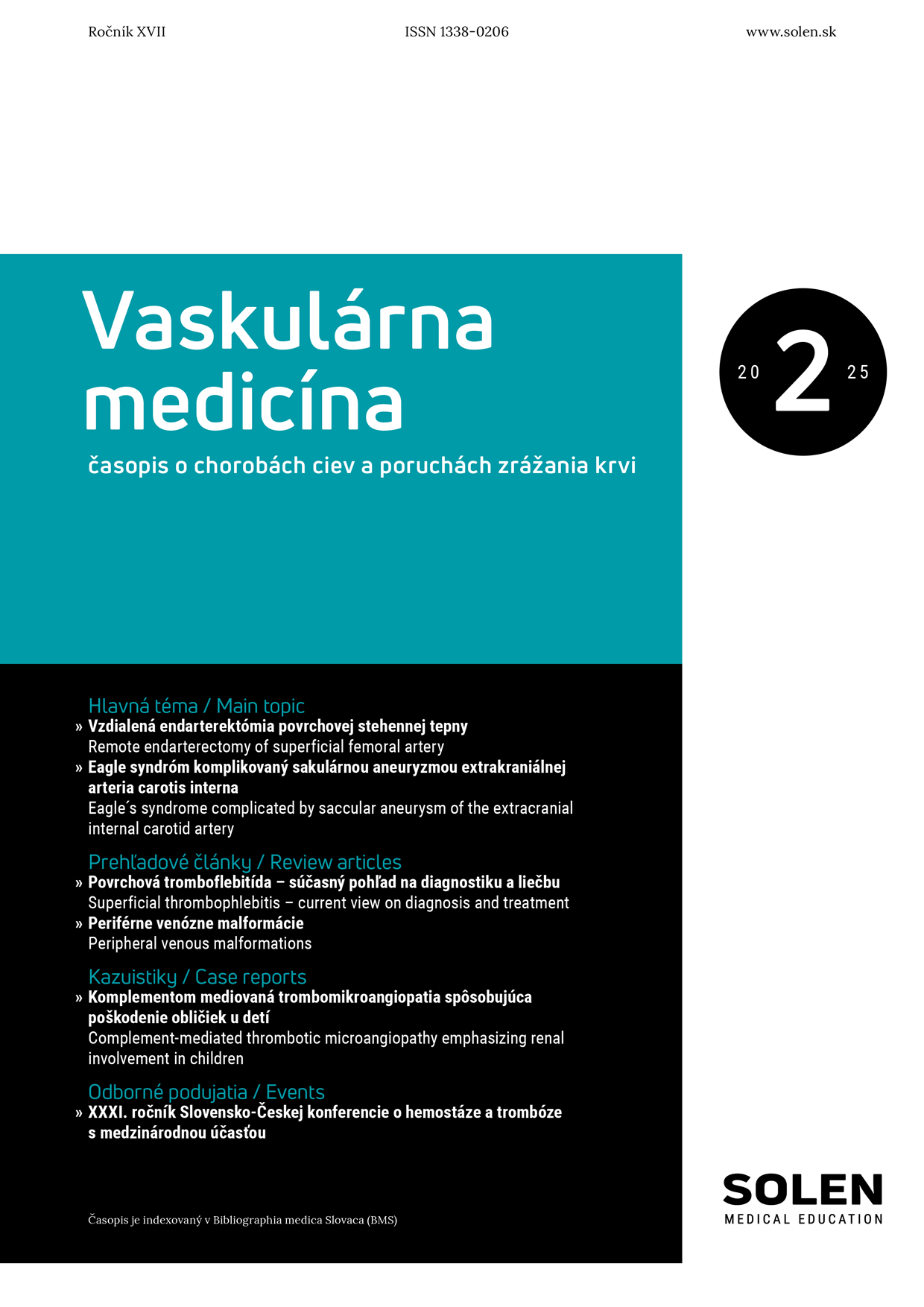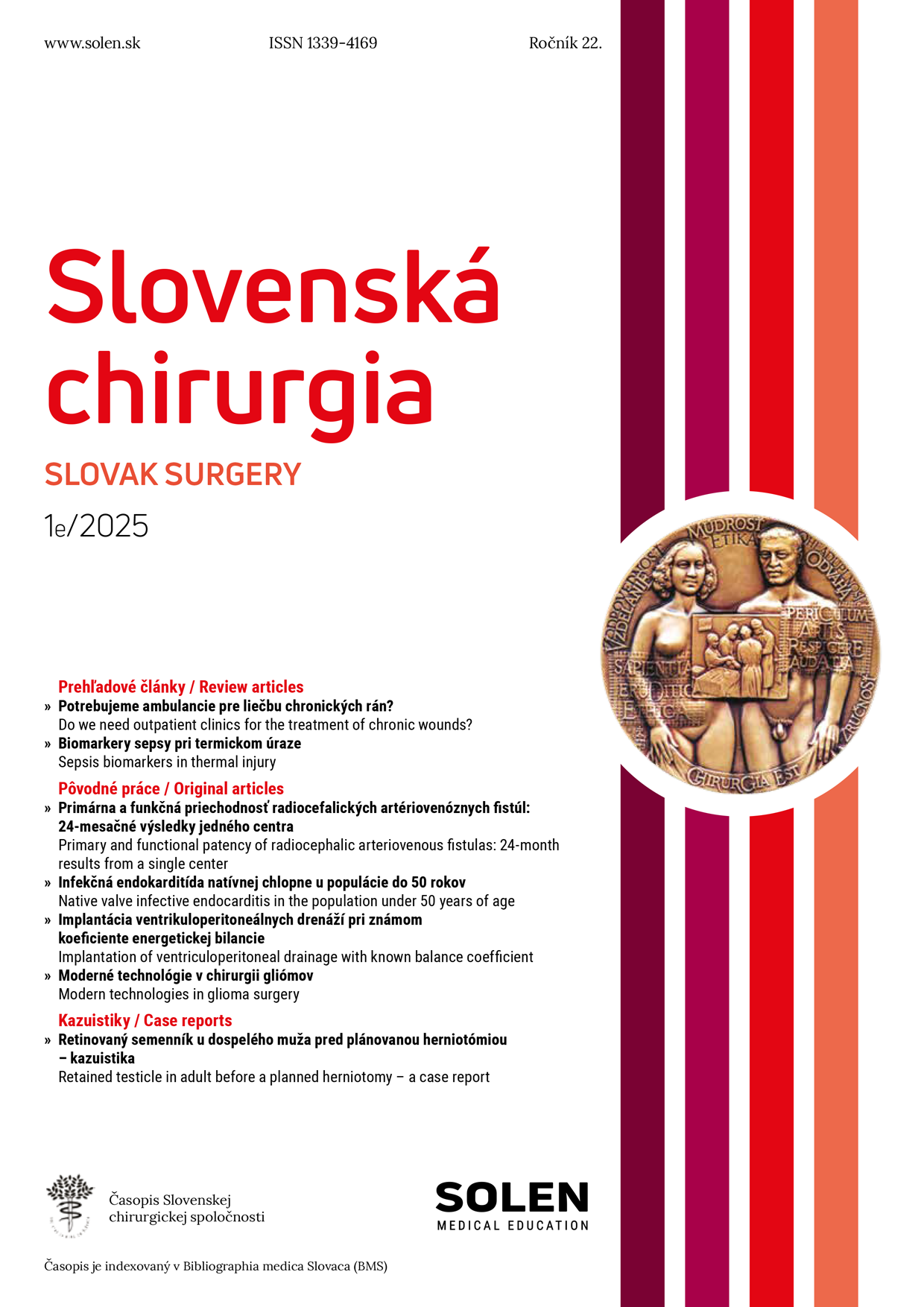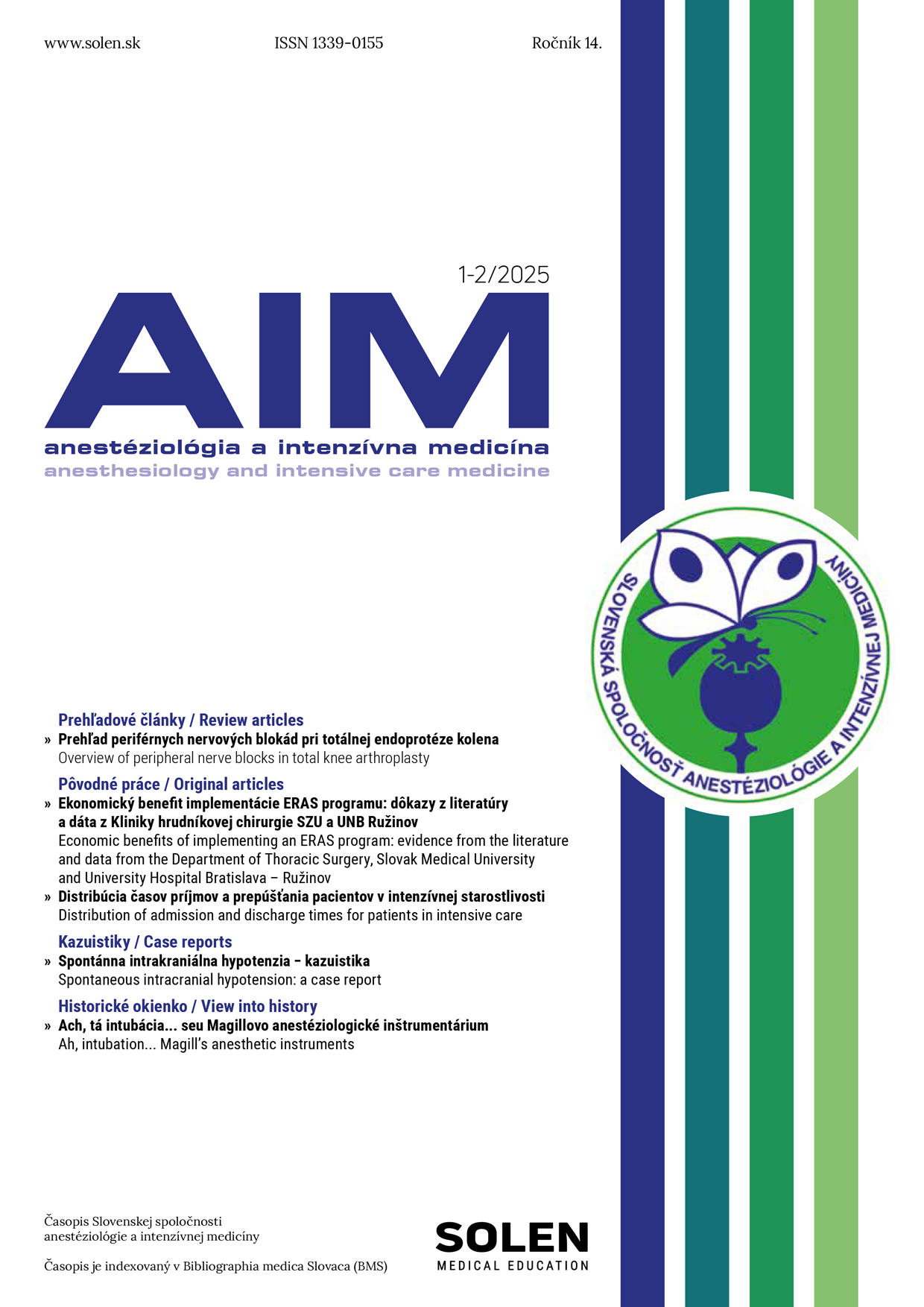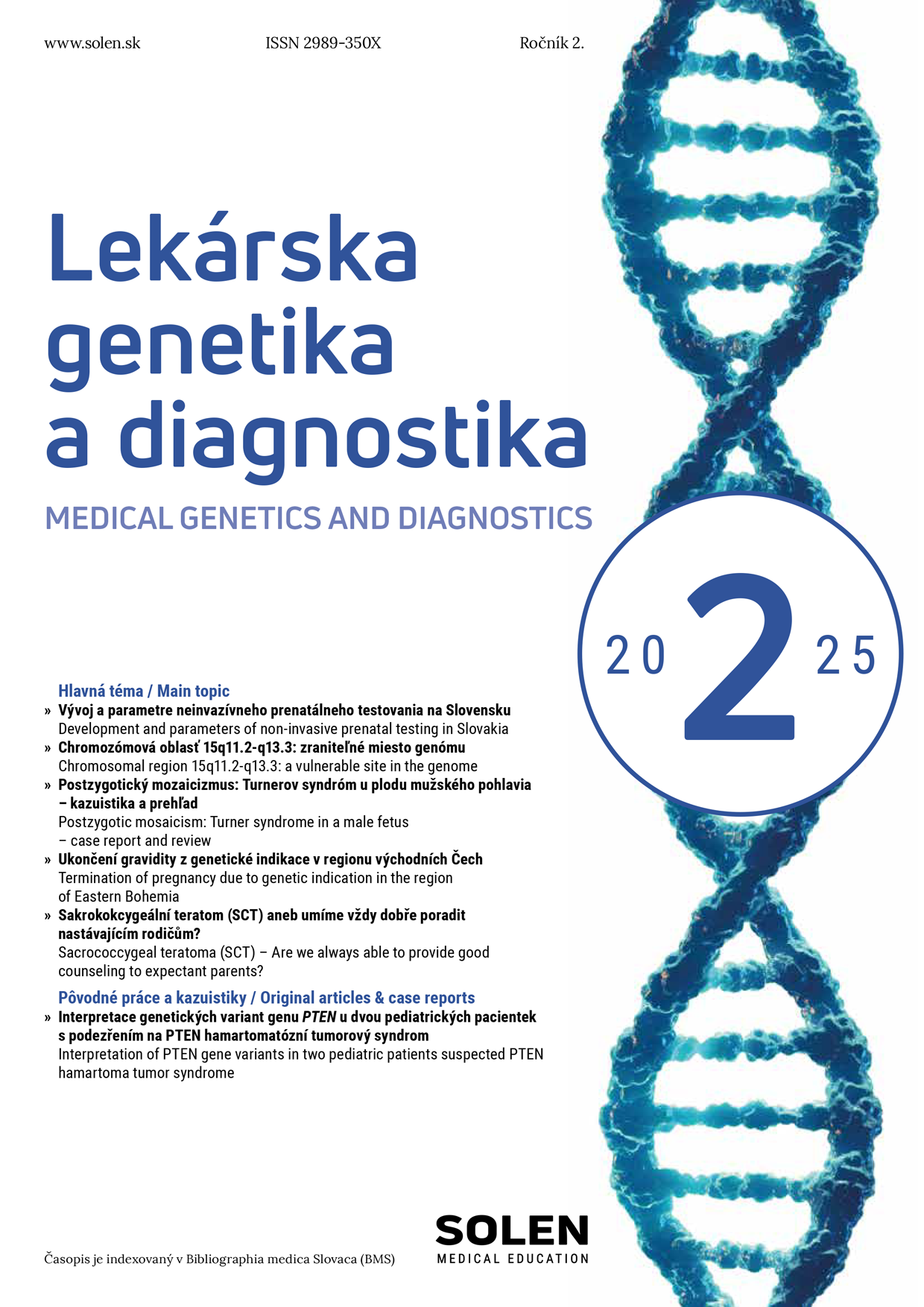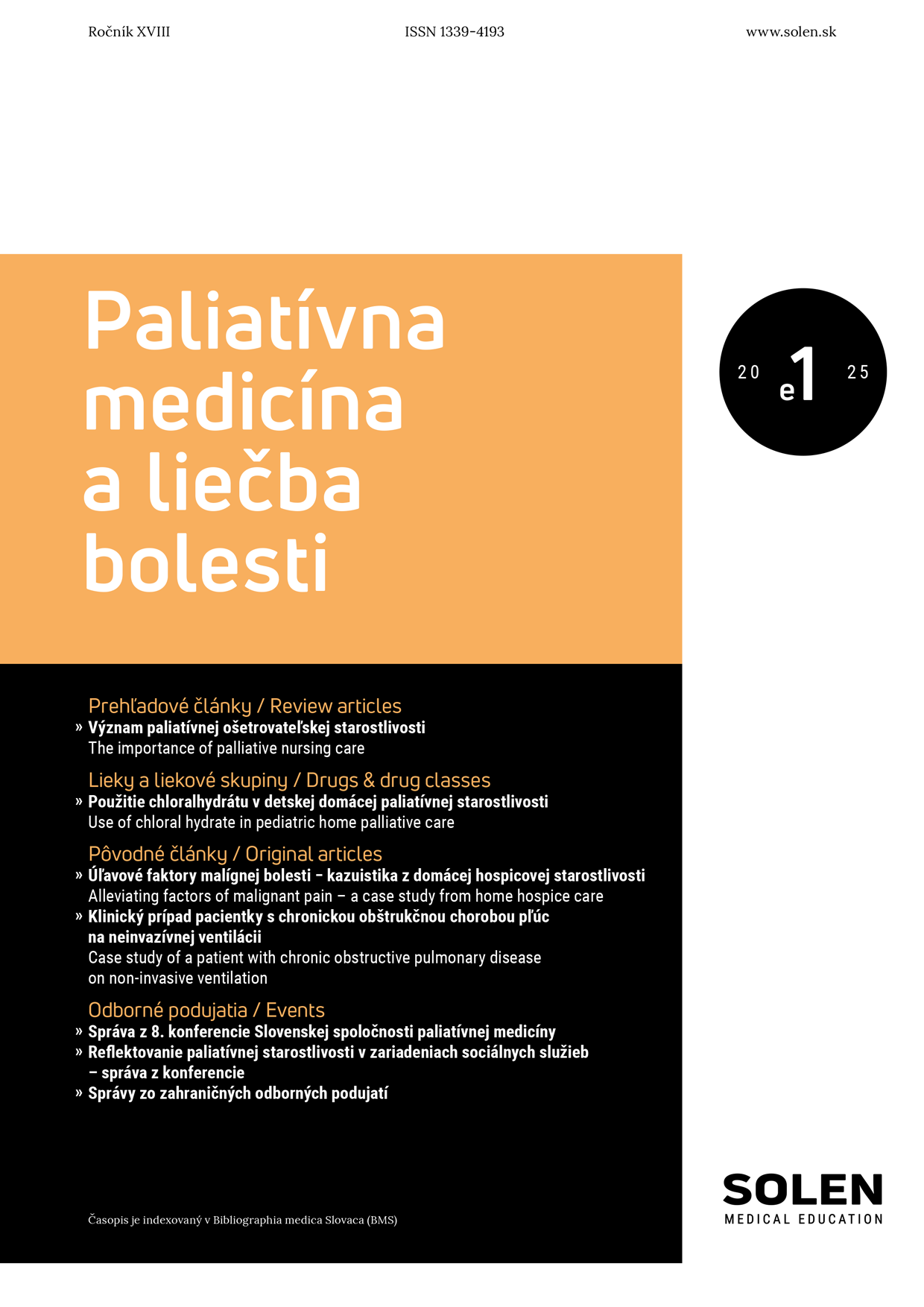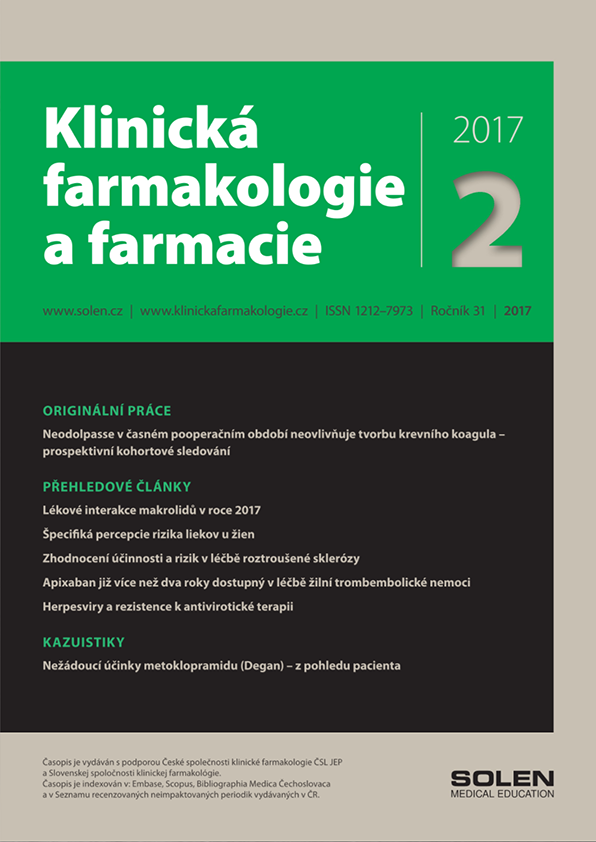Dermatológia pre prax 2/2025
Testovanie precitlivenosti na kovy pred ortopedickou operáciou
MUDr. Petra Fedorcová, MUDr. Magda Ďuricová, MUDr. Slavomír Urbanček, PhD.
Ortopedické operačné výkony, najmä implantácia endoprotéz kolenného a bedrového kĺbu, sú čoraz častejšie indikované zákroky. Napriek technickému pokroku a zlepšenej dostupnosti však pretrváva vysoký podiel pacientov nespokojných s výsledkom liečby. Jednou z možných, hoci menej často zvažovaných príčin pooperačných komplikácií môže byť alergická reakcia na kovy alebo iné zložky implantátu. V súčasnosti však neexistuje jednotný, štandardizovaný diagnostický algoritmus na vylúčenie hypersenzitivity v tejto súvislosti. Diagnostický prístup vyžaduje prednostne vylúčenie bežnejších príčin komplikácií, ako je infekcia, prípadne nesprávne postavenie endoprotézy. V diferenciálnej diagnostike môže byť nápomocné histologické vyšetrenie kožných prejavov alebo perioperačne odobratých vzoriek. Najviac využívanou metódou je epikutánne testovanie, ktoré sa odporúča len pri klinickom podozrení na alergiu. V tomto prípade je potrebné predĺžené odčítanie výsledkov, ideálne na 6. – 7. deň po aplikácii. Zo špecializovaných in vitro metód je dostupný lymfocytotransformačný test, ktorého využitie je však limitované obmedzeným spektrom alergénov a dostupnosťou. Medzi najčastejšie senzibilizujúce kovy patria nikel, kobalt a chróm, no alergizujúce môžu byť aj zložky kostného cementu. Na pracovisku autorov bola najčastejšie zaznamenaná reakcia na titanium(IV)oxalate hydrate, ktorý však často spôsobuje aj iritačné reakcie, čo sťažuje interpretáciu výsledkov. Diagnostika alergie na zložky implantátov si preto vyžaduje individuálny a komplexný prístup s dôrazom na klinickú koreláciu medzi nálezom a príznakmi pacienta.
Kľúčové slová: ortopedická operácia, alergia na kov, kovový implantát, epikutánne testy na kovy
Metal hypersensitivity tests before orthopedic surgery
Orthopedic surgical procedures, especially the implantation of knee and hip joint endoprostheses, are increasingly common interventions. Despite technological advancements and improved accessibility, a significant proportion of patients remain dissatisfied with treatment outcomes. One possible, though less frequently considered, cause of postoperative complications may be an allergic reaction to metals or other components of the implant. Currently, no standardized diagnostic algorithm exists for ruling out hypersensitivity in this context. The diagnostic approach should first exclude more common causes of complications. In differential diagnosis, histological examination of skin lesions or perioperatively collected tissue samples can be helpful. The most commonly used method is patch testing, which is recommended only when there is a clinical suspicion of allergy. In such cases, prolonged reading of the results is necessary, ideally on the 6th–7th day after application. Among specialized in vitro methods, the lymphocyte transformation test is available, although its use is limited by the narrow range of allergens and restricted availability. The most common sensitizing metals include nickel, cobalt, and chromium, though components of bone cement may also be allergenic. At the authors› institution, reactions to titanium(IV) oxalate hydrate were most frequently observed; however, this substance often causes irritant reactions as well, which complicates result interpretation. Diagnosis of allergy to implant materials therefore requires an individual and comprehensive approach with an emphasis on clinical correlation between findings and the patient›s symptoms.
Keywords: orthopedic surgery, metal allergy, metal implant, patch testing for metals


